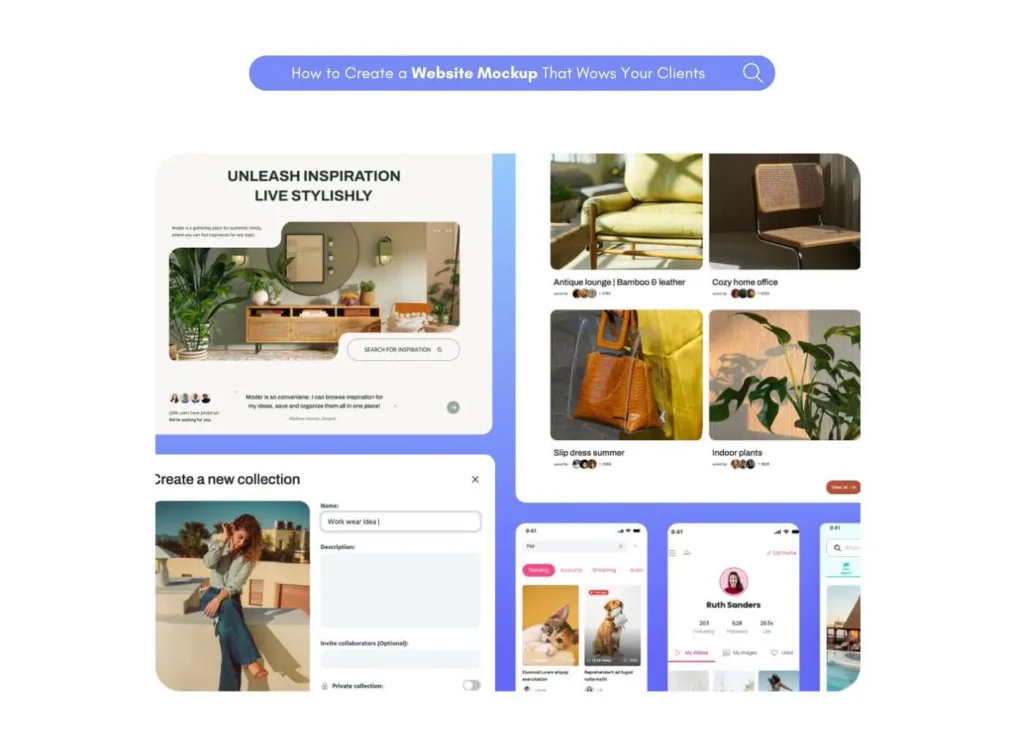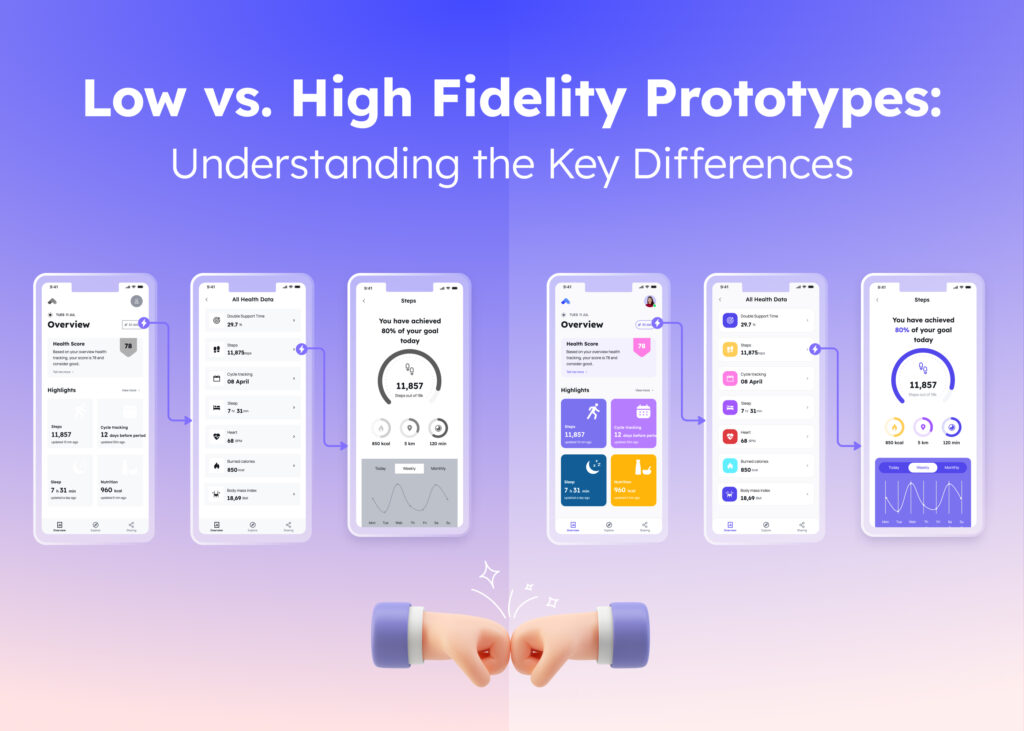So you’re dipping your toes into the world of UX design, and suddenly, the term requirements gathering pops up. Feeling a bit lost? Don’t worry—you’re not alone! Gathering the right UX requirements is like setting the GPS before a long road trip; it ensures you reach your destination without unnecessary detours.
What are UX design requirements?
UX design requirements are the essential criteria that a product must meet to deliver a great user experience. Think of them as the blueprint for your design project. Without clear design requirements, you might end up building a boat when you actually need a car!
Why do UX design requirements matter?
Imagine trying to bake a cake without knowing the ingredients. Sure, you might end up with something edible, but it’ll likely be far from the delicious masterpiece you envisioned. Similarly, defining requirements for design ensures your final product aligns with both user needs and business goals.
What is the purpose of requirement gathering in UX?
Requirement gathering in UX is like being a detective on a mission to uncover what users truly want. Collecting and analyzing data on user needs, business objectives, and technical constraints, allows you to set the stage for a successful design.
Is requirement gathering really necessary?
Absolutely! Skipping the requirements-gathering phase is akin to setting off on a journey without a map. You might get somewhere, but it probably won’t be where you intended. Investing time in gathering UX requirements saves you from headaches down the road.
Types of UX design requirements
Understanding the different types of UX design requirements is crucial. Let’s break them down:
Functional requirements define what the product should do. Think of them as the features that enable users to accomplish tasks.
For example, a shopping app must allow users to browse products, add items to a cart, and complete purchases. Other functional requirements could include a social media platform that allows users to create profiles, post updates, and interact with friends through comments or likes. A fitness app might need features for tracking workouts, setting goals, and providing reminders for exercise sessions.

Non-functional requirements focus on how the product performs. Speed, security, and usability fall under this category. After all, nobody enjoys using a sluggish app that crashes constantly.
For instance, a banking app should load within three seconds and use encryption to protect user data. Usability is critical too; a navigation app should provide clear instructions and an intuitive interface to ensure users can quickly find their way without confusion. Additionally, an e-commerce website should be mobile-friendly to cater to users accessing it from different devices.
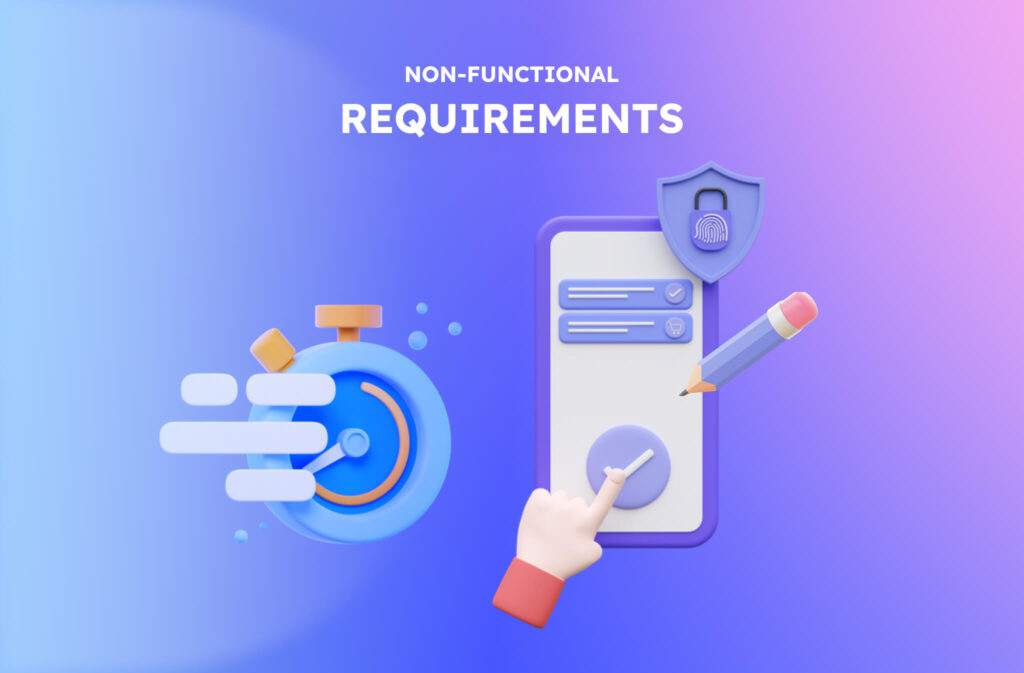
User requirements are based on user needs and preferences. These requirements ensure your design resonates with your target audience. Essentially, to answer questions like, “What problems are users facing?” and “How can we make their experience better?”
For example, research might reveal that users want easier access to customer support, so implementing a live chat feature could enhance their experience. Another user requirement might focus on simplifying the checkout process, reducing the number of steps needed to complete a purchase, thereby minimizing cart abandonment.
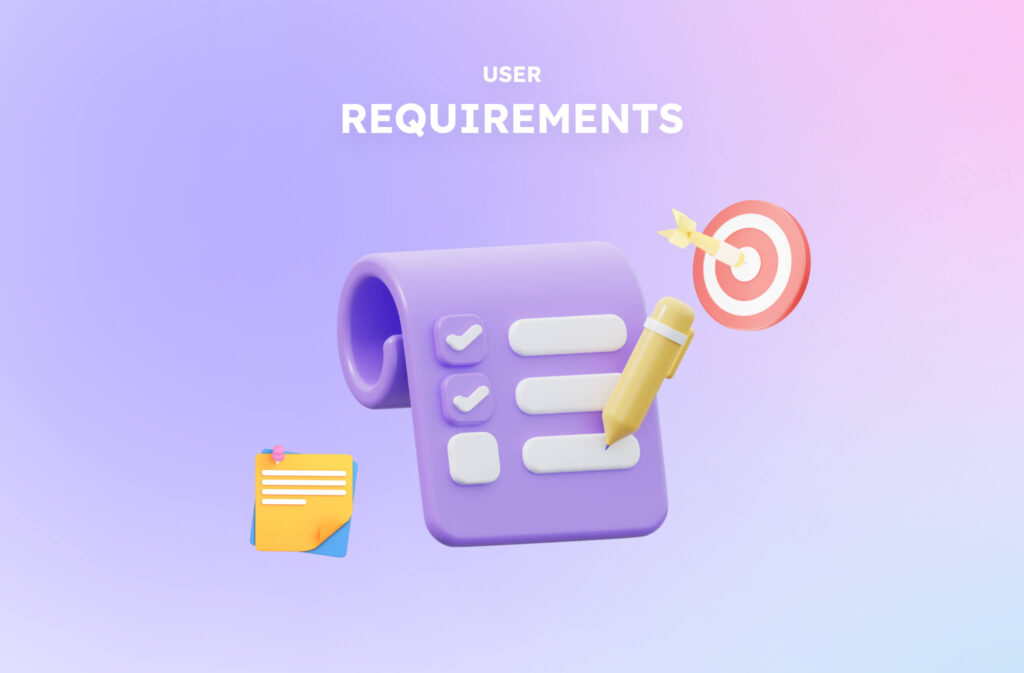
Business requirements align the design with business objectives. Meeting these requirements keeps stakeholders happy and ensures the product contributes to organizational goals.
For instance, a travel booking site might need to achieve a specific conversion rate, like 5%, to remain profitable. Another example could be a subscription service aiming to increase user retention by offering personalized content recommendations based on user preferences. Ensuring these business objectives are met through UX design can drive growth and satisfaction for both users and the organization.
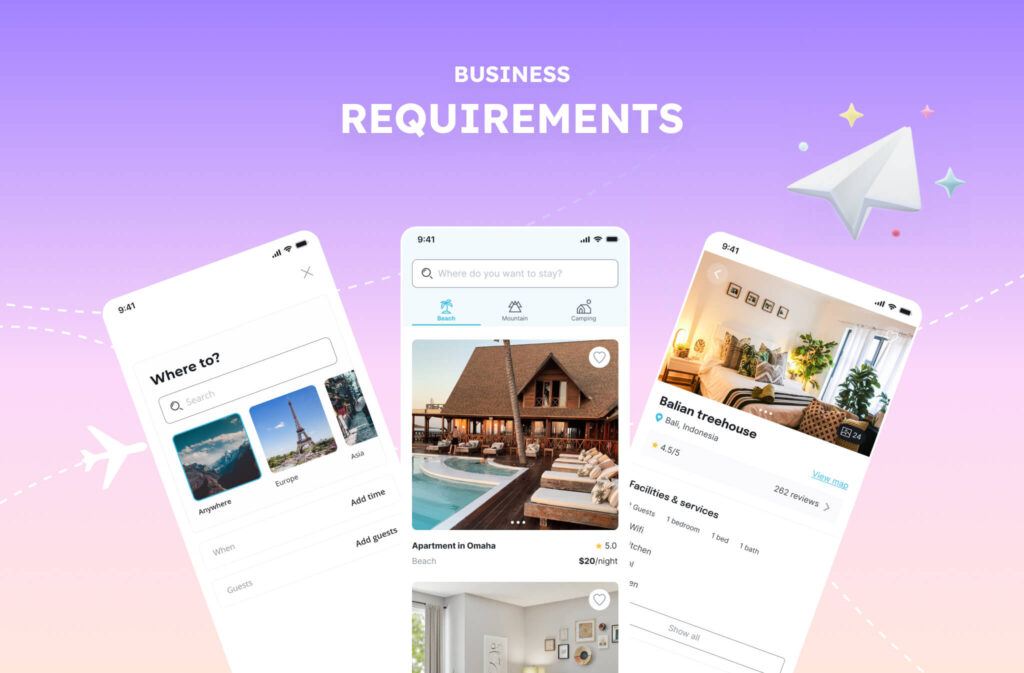
How To Capture UX Design Requirements?
Capturing UX requirements doesn’t have to feel like herding cats. Here’s how to do it effectively:
- Conduct user research
Engage with your users through surveys, interviews, or observations. It’s like being a journalist digging for the next big story—the more you uncover, the better!
- Collaborate with stakeholders
Involve team members and stakeholders to understand business goals. Two heads are better than one, especially when piecing together complex design requirements.
- Create a spec UX document
Document your findings in a spec UX document. This comprehensive guide ensures everyone is on the same page and serves as a reference throughout the project.
- Use visualization tools
Tools like Visily’s wireframe tool help bring your ideas to life. Visualizing requirements makes them easier to understand and refine.
- Iterate and refine
Remember, requirements aren’t set in stone. Regularly reviewing and updating them keeps your design aligned with evolving needs.
Best Practices For Gathering UX Requirements
Want your requirements-gathering process to run smoother than butter on a hot pancake? Consider these tips:
- Ask open-ended questions
Encourage detailed responses by avoiding yes-or-no questions. You’ll gather richer information this way. Here are some examples of open-ended questions to ask:
- What challenges do you face when using this product?
- How do you envision the ideal user experience?
- Can you describe a recent situation where you felt frustrated or satisfied with a similar service?
- What features or functionalities do you believe would improve your experience?
- How does this product fit into your daily routine or workflow?
- What would make you recommend this product to others?
- Practice active listening
Pay attention not just to the words but also to the tone and body language. Sometimes, what’s unsaid speaks volumes.
- Prioritize requirements
Not all requirements are created equal. Focus on what’s most critical to the user experience and business goals.
- Use collaboration tools
Platforms like Visily’s Collaborative tools make teamwork seamless. Share ideas, gather feedback, and keep everyone in the loop.
- Embrace flexibility
Be prepared to adapt as new information comes to light. Flexibility is key in the ever-evolving landscape of UX design.
Common pitfalls to avoid
Even the best of us stumble occasionally. Here are some common mistakes to sidestep:
Making assumptions
Avoid assuming you know what users want. Let data and user feedback guide your decisions.
Overcomplicating the process
Keep things straightforward. Complexity can lead to confusion, which is the nemesis of effective requirement gathering.
Ignoring technical constraints
Dream big but stay grounded. Understanding technical limitations ensures your design is feasible.
Tools to streamline requirement gathering
Looking to make your life easier? Visily offers several tools to streamline the process:
Brainstorming sessions
Kickstart your project with Visily’s Brainstorming Tool. It’s like a virtual whiteboard where creativity flows freely.
AI-Powered design suggestions
Feeling stuck? Visily’s AI Design Tool provides smart suggestions to enhance your design process.
Ready-made UI templates
Save time with Visily’s UI Templates. They’re like the instant noodles of design—quick and satisfying!
Why is requirement gathering so important?
Ever tried assembling furniture without instructions? It’s not impossible, but it’s definitely more challenging. Requirement gathering sets the direction and scope of your project, helping you avoid costly mistakes and ensuring you build something users actually need.
Conclusion
Requirement gathering in UX is the cornerstone of successful design. By thoroughly understanding and documenting your requirements for design, you’re setting yourself up for a product that delights users and meets business goals. So grab your detective hat and start uncovering those valuable insights!
Ready to level up your UX game? Give Visily a whirl and see how it can transform your design process.
UX research fundamentals: critical FAQs about requirements collection
Q1. What is requirement gathering in UX?
Requirement gathering involves identifying and documenting user needs and expectations for a product. This process ensures the final design meets user demands and enhances overall satisfaction.
Q2. What are the requirements for UX design?
Key requirements for UX design encompass functional aspects (what the product does), non-functional criteria (how it performs), user needs, and business objectives. All these elements work together to create a cohesive experience.
Q3. How to capture UX requirements?
To effectively capture UX requirements, follow these steps:
- Conduct user research, such as interviews or surveys.
- Collaborate with stakeholders to gather insights.
- Create a detailed spec UX document.
- Utilize visualization tools like Visily for better understanding.
Q4. What are the functional requirements of UX?
Functional requirements outline essential features and functions that the product must include. Examples consist of search functionality, user authentication, content management, and accessibility options.
Q5. Why is a spec UX document important?
A spec UX document serves as a comprehensive resource compiling all design requirements. This document fosters clarity and alignment among team members and stakeholders, ensuring everyone is on the same page throughout the project.





